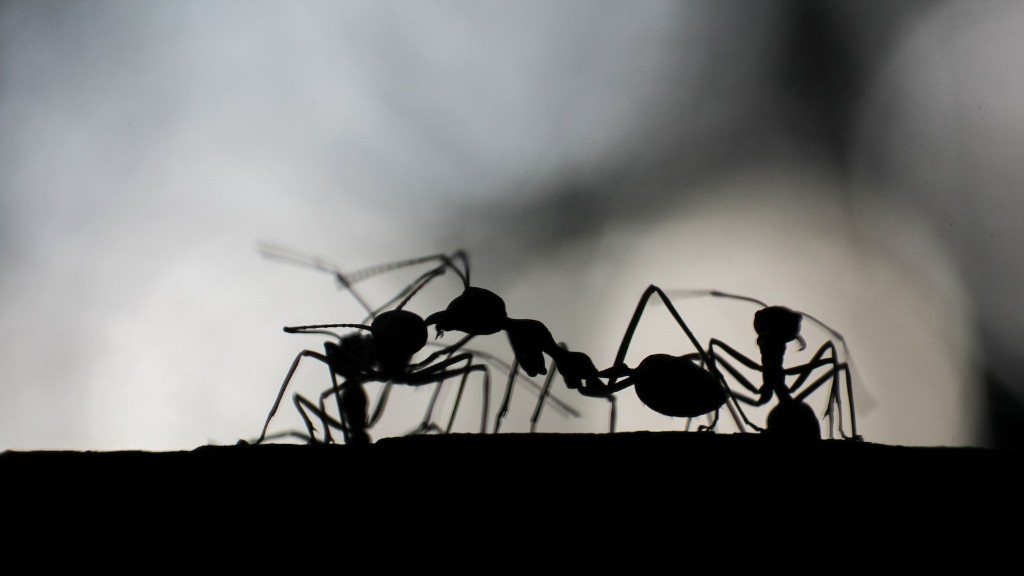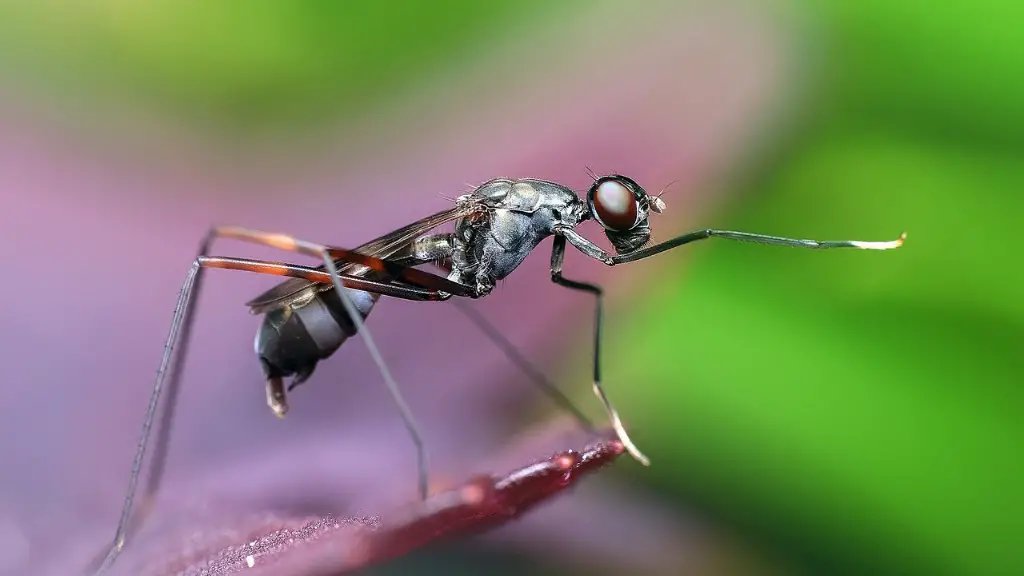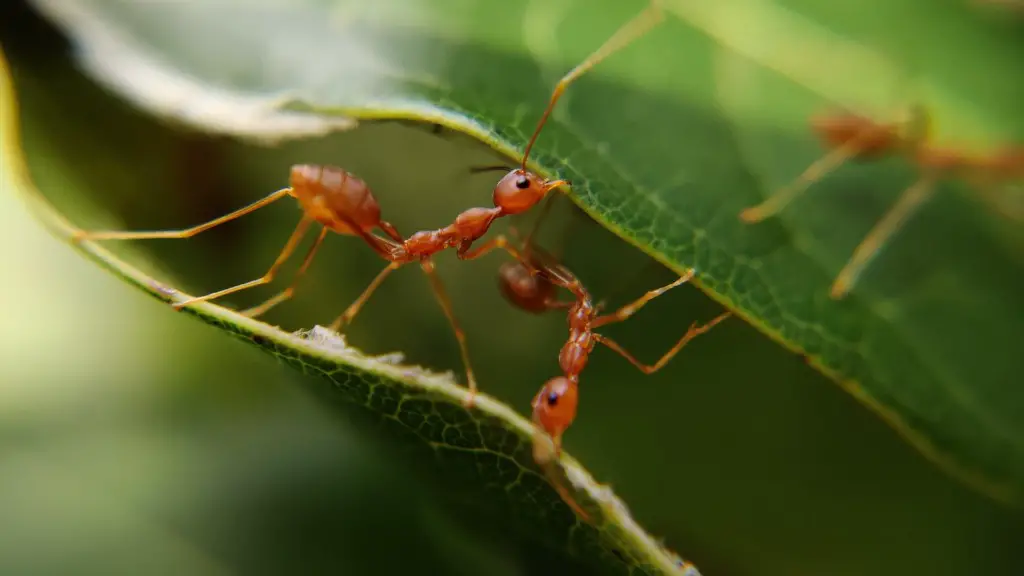Find An Appropriate Location
Hummingbird feeders attract an array of wildlife. To prevent ants from getting in, it is important to position a hummingbird feeder on an appropriate surface. For instance, hanging the feeder at least 20 inches away from any other object or surface prevents ants from crossing over. If possible, it is best to hang the feeder from a branch or pole, far away from trees and any other climbing surface. Picking a high, sunny spot also reduces the chances of ants getting in.
Clean the Feeder Regularly
Hummingbirds cannot tolerate their feeders being contaminated by ant trails or ants crawling in the nectar. To avoid this, it is necessary to clean the feeder regularly. Use a diluted solution of bleach and water (1 part bleach to 9 parts water) and scrub the container using a soft brush. Rinse thoroughly and allow the feeder to air-dry in the sunshine. Make sure to take the feeder down every few days to prevent ants from accumulating.
Use A Deterrent
There are various methods and substances that you can use to deter ants from getting close to the hummingbird feeder. Start by wrapping the container or hanging pole with petroleum jelly. Ants will be repelled by the slick, greasy surface. You may also plant mint plants, or other fragrant herbs, at the base of the feeder. This may discourage ants from getting in by masking the sugar scent. Moreover, ant deterrent products such as grits, ant moats, ant stakes, and ant traps, are also highly effective ways to keep ants away from the feeder.
Choose The Right Feeder
Selecting a hummingbird feeder that is ant-proof can be an effective way to keep the pests away. Look for feeders with an ant guard, trap, or moat on the underside of it. Models that are designed with wide, smooth surfaces are also more difficult for ants to access. Additionally, buying a feeder that is designed with fewer parts and designed to be easy to clean is a must.
Keep The Area Clean and Dry
Since ants are attracted to anything sweet, it is important to keep the area around the feeder clean and free of sugary residue or sugary food scraps. Make sure to clean up any spills or stickiness near the feeder. Avoid spraying sugary water or sweeteners, like honey, near the feeder as this may attract a colony of ants.
Avoid Pesticides
In general, it is best to avoid using over-the-counter pesticides for ants. Detergents and other chemical products can end up being fatal for the hummingbirds. Rather than killing the ants with chemicals, it is best to invest in ant deterrent products.
Check Your Other Feeders
Finally, if you have other bird feeders, such as sunflower feeds, in your yard, it is essential to make sure ants are not accessing these feeders too. If you notice ants getting in, take the feeder down and follow the tips mentioned above.
Select Appropriate Plants
Plants and flowers play a key role when it comes to deterring ants away from a hummingbird feeder. Surrounding the area with pungent plants, like lavender, rosemary, and basil, can help keep ants away. Additionally, placing a ring of pebbles around the base of the feeder can be useful as ants cannot build their trails across the stones.
Block Their Trail
Ants are able to track their trail in and out of the feeder with ease, unless something blocks their path. Consider sprinkling diatomaceous earth, cornstarch, or powdered sugar around the feeder and its pole. This will make it harder for the ants to track their trail, making it more difficult for them to get in and out.
Introduce Predators
The presence of predatory insects such as wasps, and other predators in the garden can help control the ants. Certain species of wasps eat ants as well as other insects, which can help keep the number of ants near and around the hummingbird feeder in check.
Use Ant Baits
If all else fails, consider using ant baits. Ant traps are typically made up of two compartments that work together to kill the ants. The first compartment contains bait which attracts the ants, while the second compartment contains a poison that kills the ants. Be sure to check the product label for safety information and to follow the manufacturer’s instructions for proper use.


